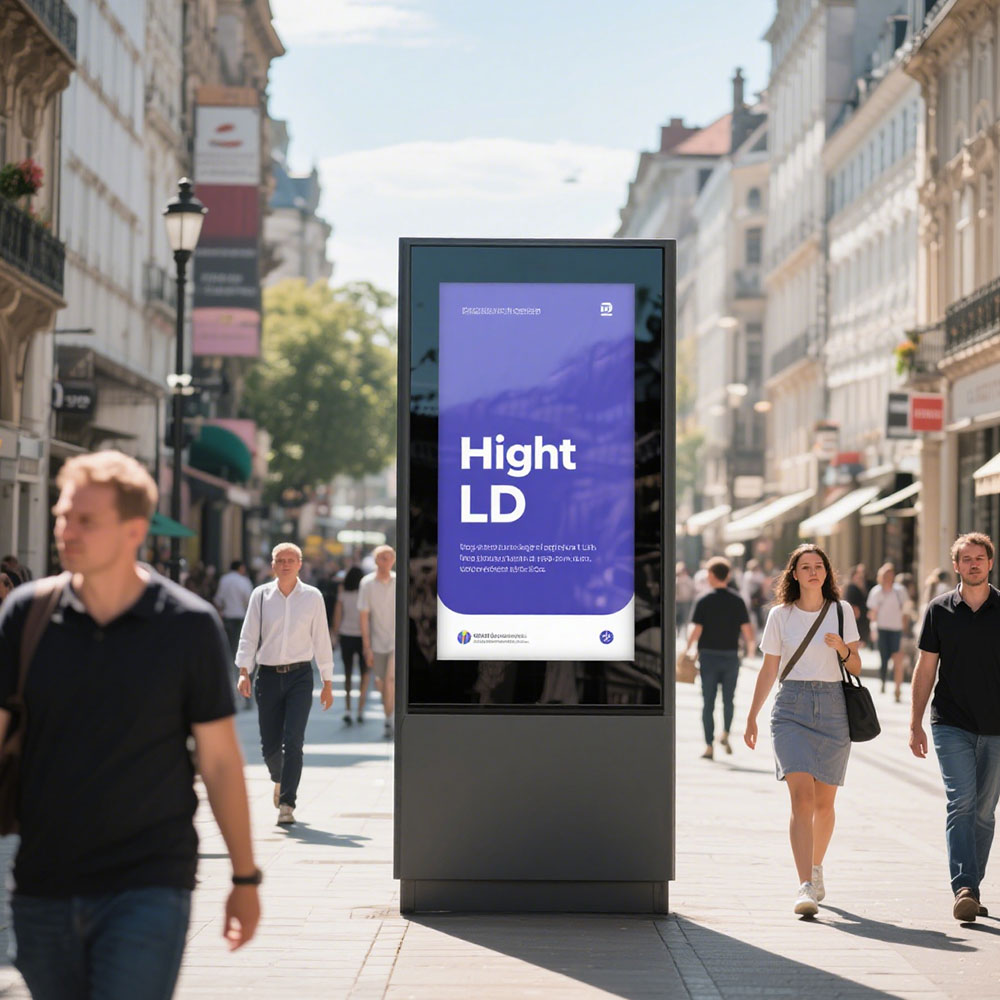When designing or selecting outdoor LCD screens for commercial, public, or industrial applications, resolution is one of the most critical factors influencing visibility, clarity, and overall user experience. Modern outdoor displays now commonly offer 2K (2560x1440) and 4K (3840x2160) resolution options—each delivering distinct advantages depending on viewing distance, environmental conditions, and intended use.
Why Resolution Matters in Outdoor Environments

Unlike indoor displays, outdoor LCDs must contend with ambient light, weather extremes, and variable viewing angles. A higher resolution ensures that images remain sharp and detailed even under direct sunlight or at a distance. For example, a 4K screen provides four times the pixel density of a standard 1080p display, which significantly improves text legibility and image fidelity in high-contrast lighting scenarios.
2K vs. 4K: When to Choose Which?
- 2K Resolution: Ideal for medium-distance viewing (e.g., 10–20 meters), such as digital signage in retail stores, bus stops, or small stadiums. It offers excellent balance between cost, performance, and power efficiency—making it suitable for installations where space is limited but clarity is still essential.
- 4K Resolution: Best for long-range visibility (20+ meters), including highway billboards, large-scale advertising panels, or architectural integration in urban environments. The increased pixel density ensures crisp visuals even from afar, reducing eye strain and enhancing brand perception.
Industry standards like IEC 60747-17 and SMPTE RP 2196-2021 recommend 4K for critical outdoor applications where content detail and resolution are paramount. Case studies from companies like LG, Samsung, and NEC show that 4K outdoor displays achieve up to 30% higher engagement rates in advertising campaigns due to improved visual impact.
Technical Considerations
- Brightness & Contrast: Both 2K and 4K models typically feature peak brightness levels of 5,000–10,000 nits to combat sunlight glare.
- HDR Support: Many 4K outdoor screens support HDR10 or Dolby Vision, further enhancing color depth and dynamic range.
- Environmental Sealing: IP65 or higher ratings are standard to protect internal components from dust, rain, and UV exposure—especially important for high-resolution panels that require precise pixel alignment.
In summary, choosing between 2K and 4K depends on your specific deployment needs: budget, viewing distance, and content complexity. For maximum versatility and future-proofing, 4K is increasingly becoming the preferred choice in professional outdoor display installations.







